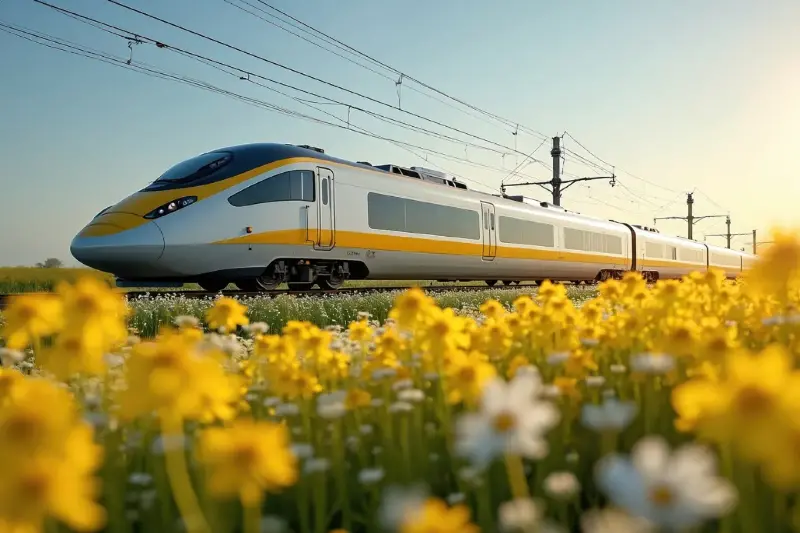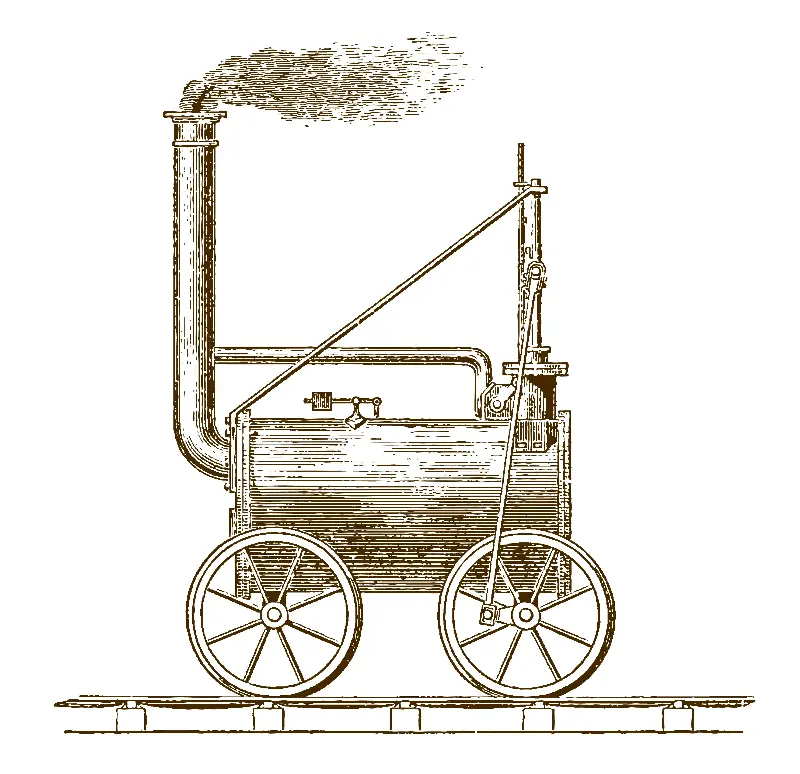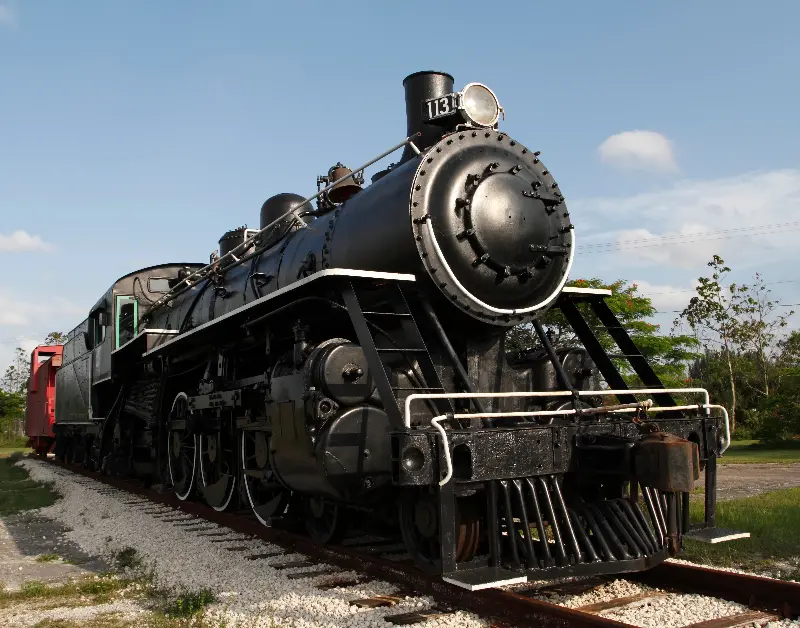Close your eyes and imagine the rhythmic chug-chug of a locomotive echoing through a misty countryside, steam billowing and whistles piercing the dawn. For nearly two centuries, trains have been more than just metal on rails; they've been engines of change, weaving together distant communities, powering economies, and firing up imaginations of young and old alike. The story of trains isn’t just a tale of engineering marvels but a testament to human ambition—always hungry for speed, efficiency, and connection.

The Dawn Of Rail Travel
Trains made their dramatic debut in the early 19th century, but the roots go back even further, to wooden rails and horse-drawn wagons in ancient Greece and later, in 16th-century England. The real revolution began in 1804 when Richard Trevithick’s steam locomotive huffed its way along the Penydarren Ironworks railway in Wales. But it was George Stephenson’s “Rocket” that famously ignited the railway age in 1829, hurtling along at the then-breathtaking pace of 30 miles per hour.
The first public railway, the Stockton and Darlington Railway, opened in England in 1825, laying the track for a worldwide railway boom. Trains quickly became the backbone of the Industrial Revolution, shuttling coal, textiles, and people further and faster than ever before. By 1869, the United States’ first transcontinental railroad united East and West, symbolized by the golden spike driven in Utah—a moment many historians call the “Twitter of its day” for its instantaneous impact on communication and commerce.

Golden Age And Glamour
By the late 19th and early 20th centuries, trains weren’t just practical—they were luxurious. Silk-lined cabins, elegant dining cars, and attentive porters defined legendary lines like the Orient Express, which began whisking travelers from Paris to Istanbul in 1883. The “Flying Scotsman” was the first steam locomotive officially to reach 100 mph in 1934, cementing Britain’s place in the pantheon of rail greatness.
In the United States, the Pullman Company elevated overnight travel, while streamlined diesel locomotives like the Burlington Zephyr shimmered with Art Deco glamour. Railways not only shrank continents but also cultures, as families set out for new lives, soldiers departed for distant wars, and swanky parties rolled through the midnight countryside.

Innovation On The Fast Track
The steam era eventually gave way to diesel and electric propulsion, and with it, a newfound quest for speed. Nowhere was this more apparent than in Japan, where dreams of efficiency and futuristic travel merged in the creation of the world’s first high-speed “bullet train.” In 1964, just in time for the Tokyo Olympics, the Shinkansen zipped between Tokyo and Osaka at over 130 mph—a speed that seemed almost otherworldly at the time.
Europe swiftly followed suit, introducing the French TGV and Germany’s InterCity Express in the 1980s and 1990s. These trains didn’t just shave hours off journey times; they reshaped economic ties between cities and nations. Today, trains like China’s Fuxing Hao or the magnetic-levitation “maglev” trains in Shanghai routinely cruise at over 200 mph, while experimental versions have topped 370 mph in test runs.

The Allure Of Rail Travel Today
Despite the advances in planes and automobiles, there’s a unique romance to train journeys that remains undimmed. Trains offer a window seat to the world, gliding through mountains, across vast prairies, and into the heart of bustling cities. For many, the lure isn’t just speed but the experience—the gentle sway, the camaraderie in dining cars, and the simple delight in watching a landscape unfurl slowly and steadily.
Global rail networks are expanding, with countries investing in high-speed corridors and eco-friendly trains. Even vintage routes are making a comeback, their carriages lovingly restored for a new generation of nostalgic adventurers. The night trains of Europe are regaining popularity, offering travelers the cozy thrill of waking up in a new country—something an airline ticket can rarely match.

Trains And The Future Of Transportation
As the world grapples with concerns about carbon emissions and overcrowded roads, trains are once more at the heart of conversations about sustainable travel. Modern electric and hybrid trains emit far less CO₂ per passenger than planes or automobiles, prompting cities and countries to double down on rail infrastructure.
The dawn of “hyperloop” technology—a system of pressurized tubes with magnetic levitation pods—promises a future where 600-mph ground travel could become a reality. Though still in its experimental stages, this 21st-century vision draws directly upon the innovation and dreams that fueled the earliest locomotives.
Through every twist and turn of history, trains have mirrored humanity’s greatest aspirations—for speed, connection, innovation, and adventure. From the clickety-clack of iron wheels to the near-silence of magnetic flight, the railway’s journey is far from over. As we look out the window at new frontiers, one thing’s certain: for trains, it’s always full steam ahead.
